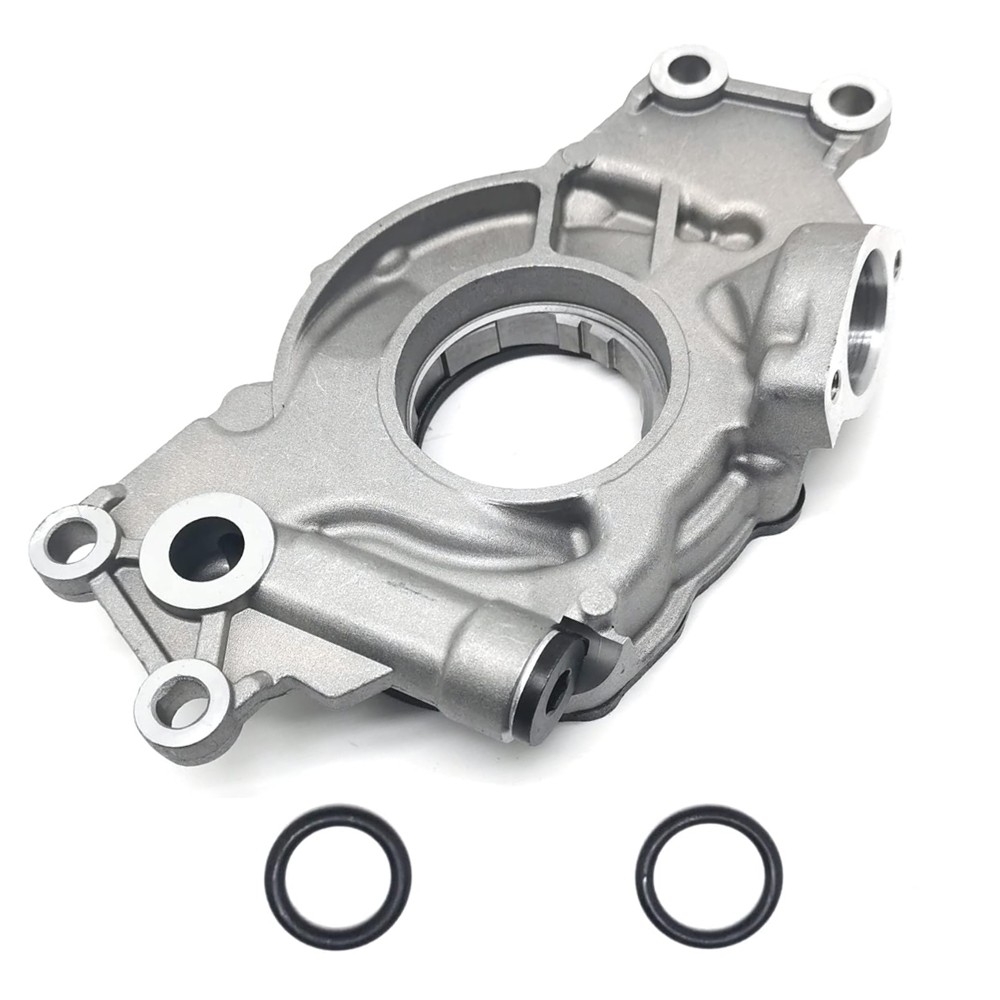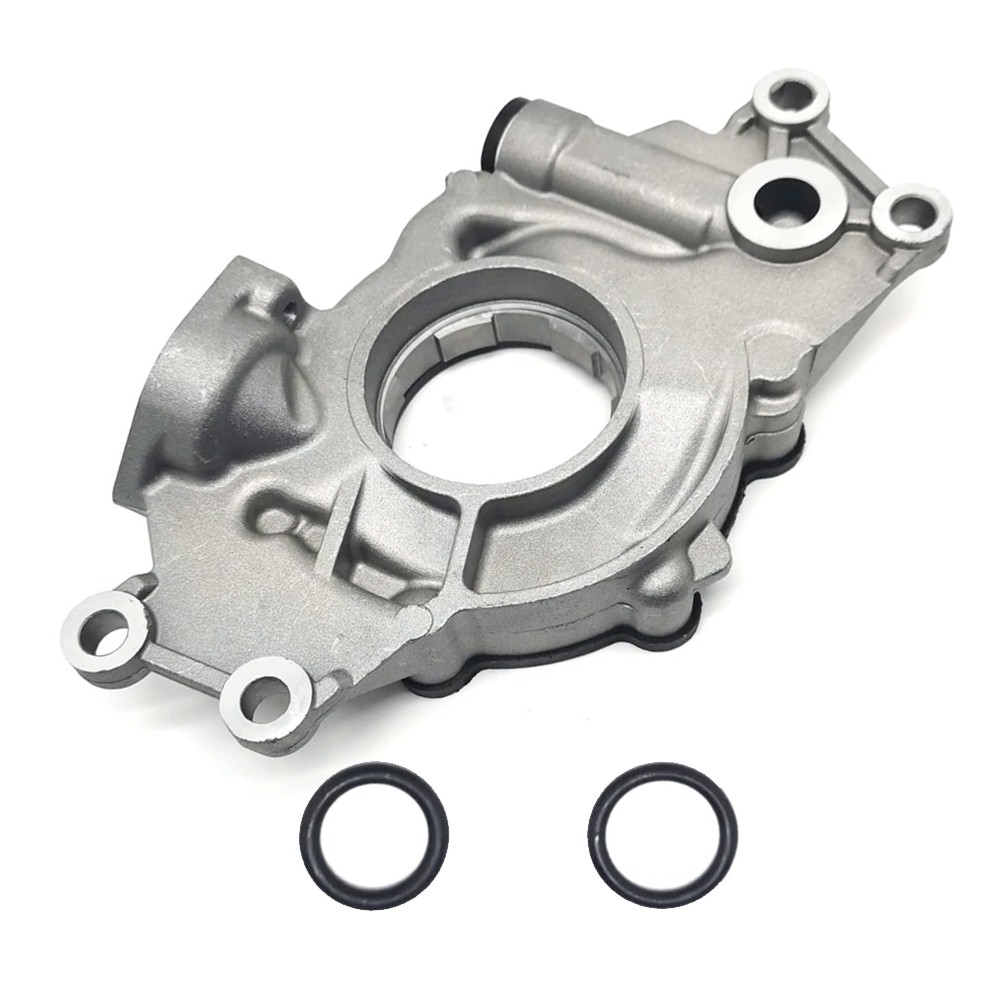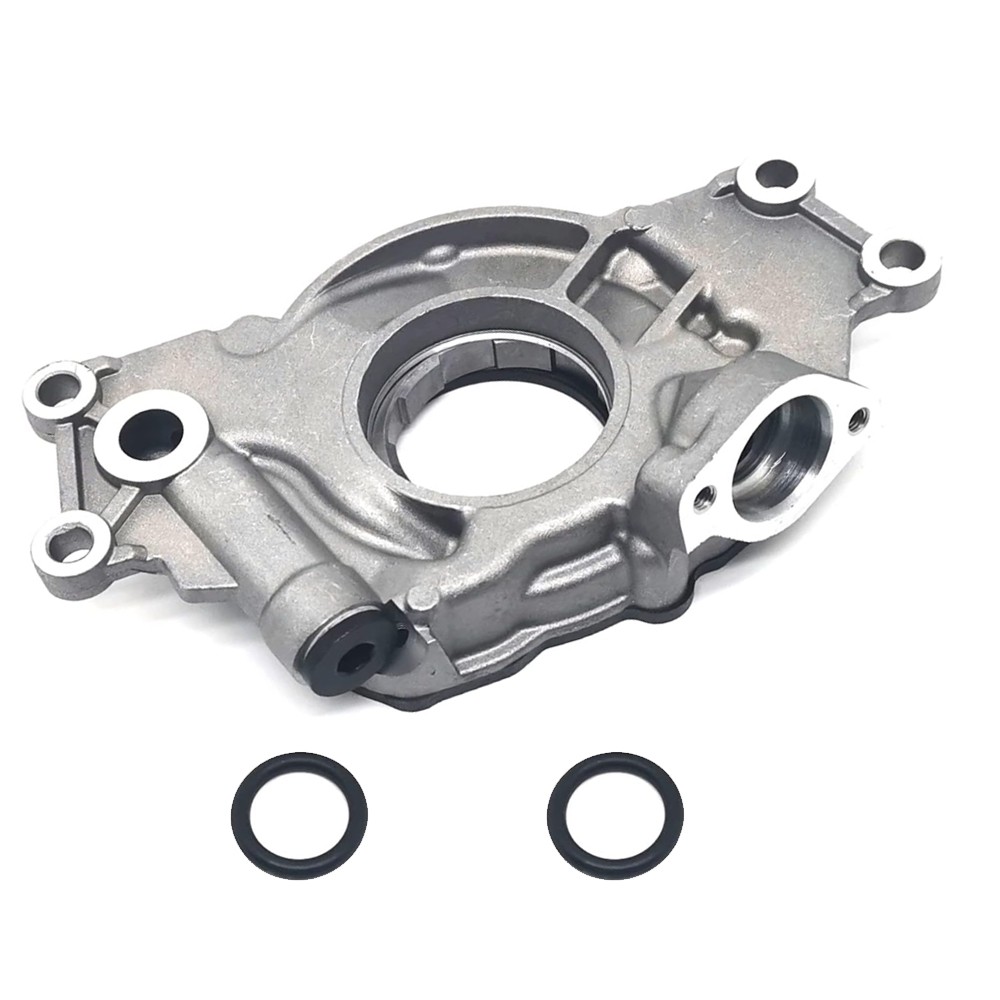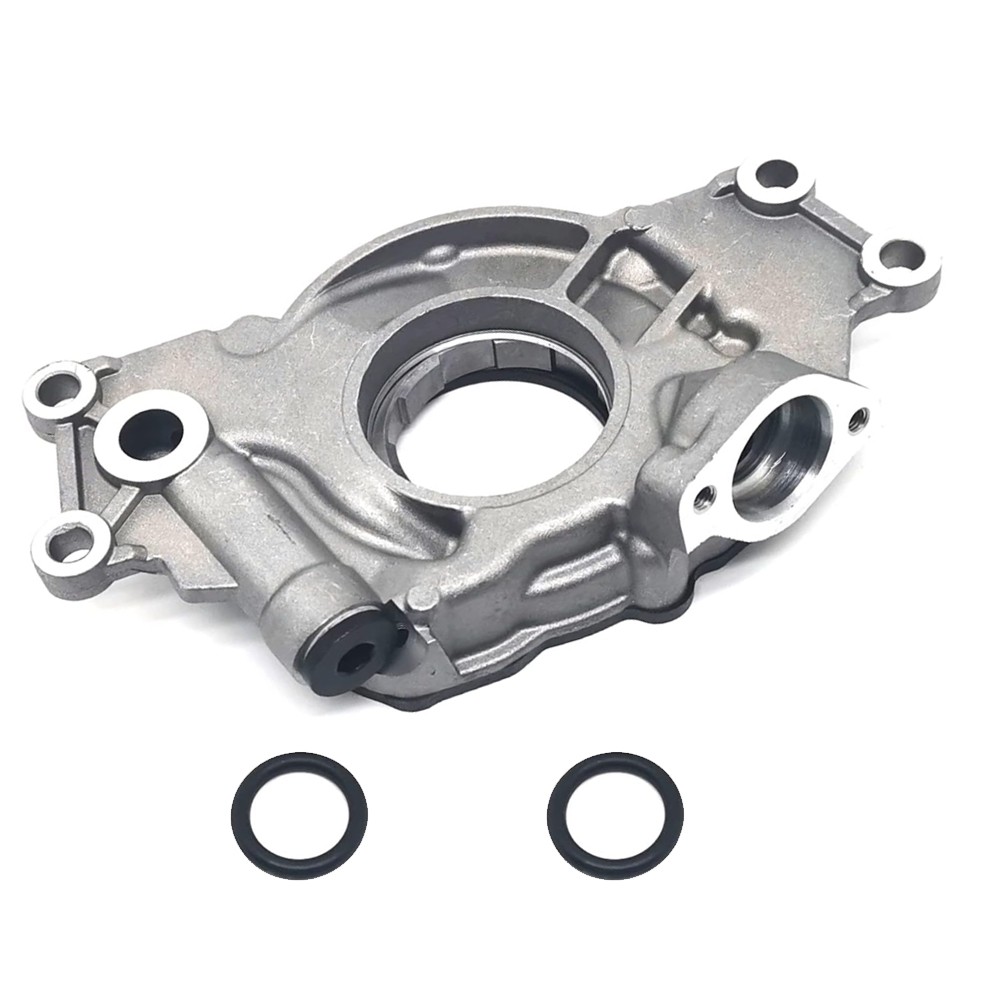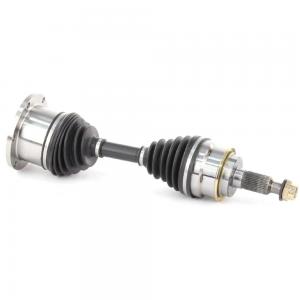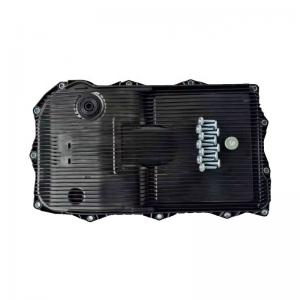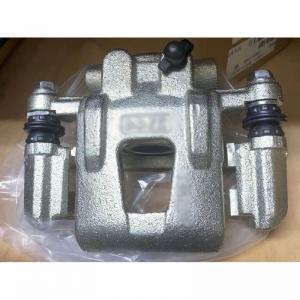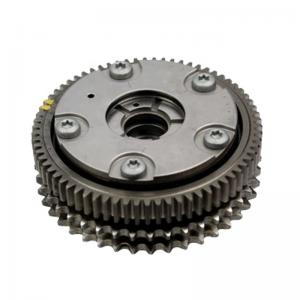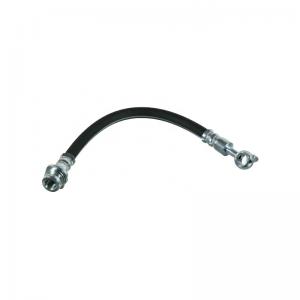Oil Pump
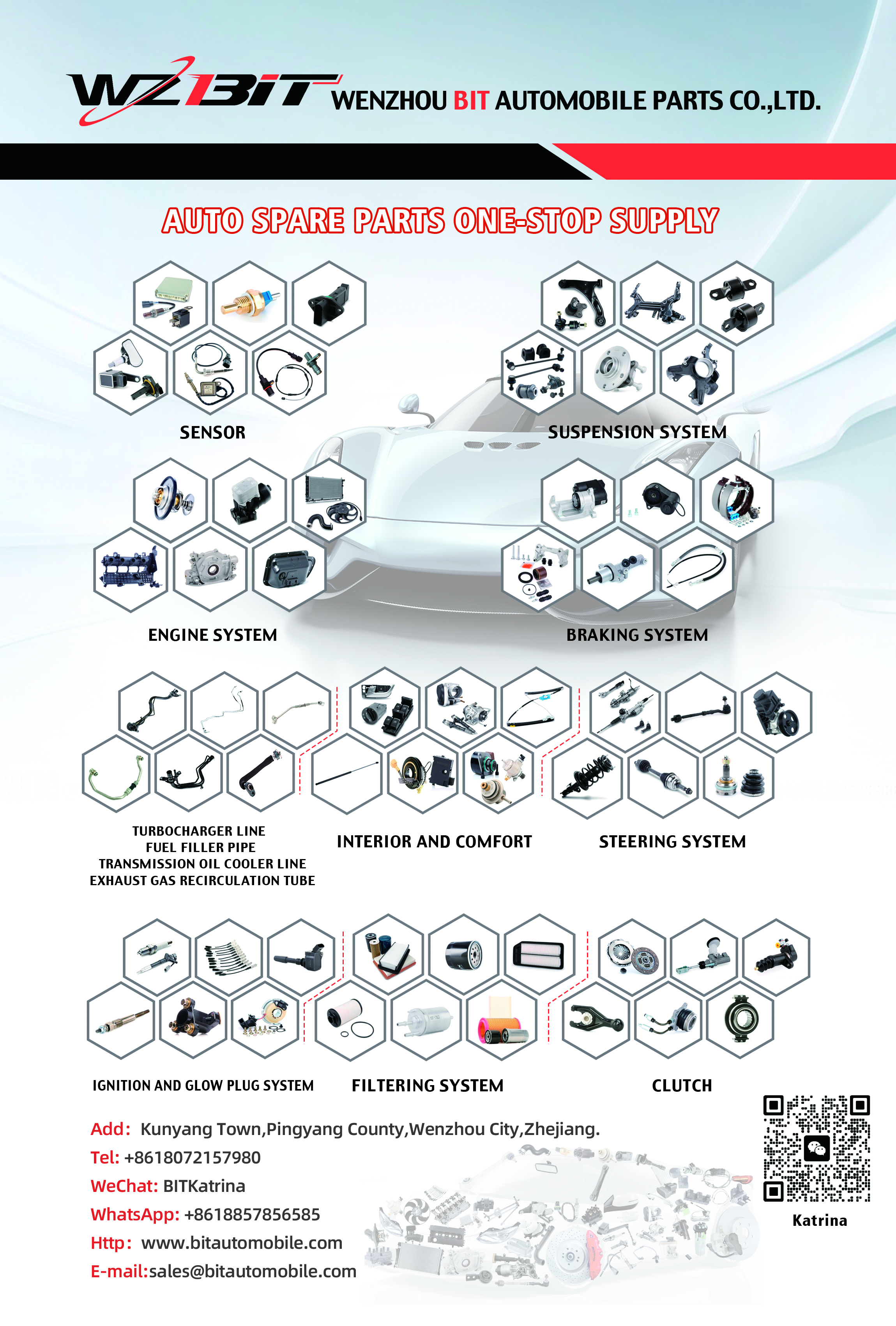
An oil pump is a vital component in an internal combustion engine's lubrication system, responsible for circulating engine oil to ensure proper lubrication of moving parts.
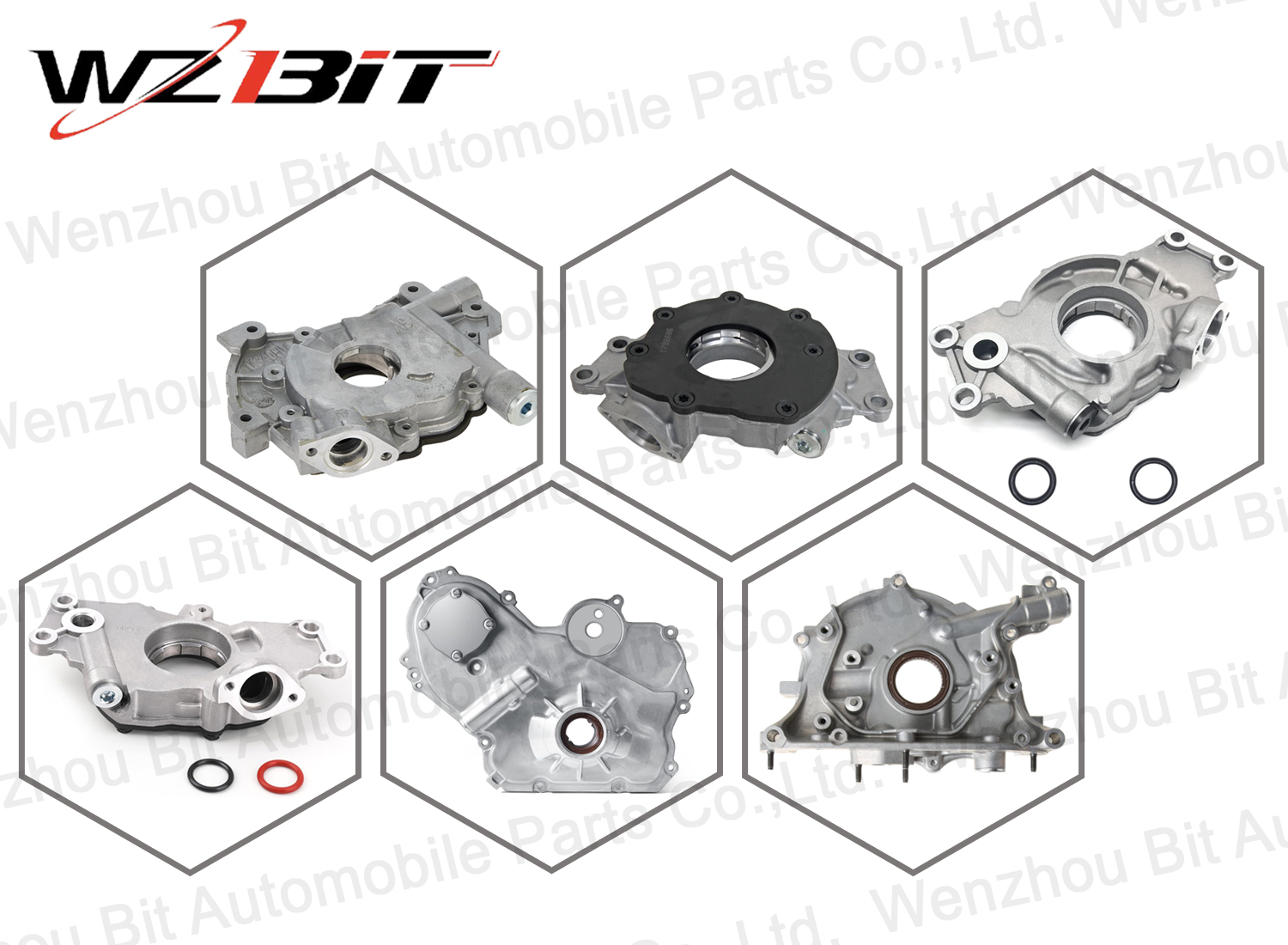
OE Number
| 15010-5X00A | 150105X00C |
| 15010-EB301 | 15010EB30A |
| 15010-EB30A | 15010EB70A |
| 15010-EB70A | 15010-5X00C |
| 150105X00A |
Compatible Applications
| Chevrolet Avalanche 5.3L 2007-2013 |
| Chevrolet Avalanche 1500 5.3L 2002-2006 |
| Chevrolet Camaro 5.7L 6.2L 1999-2015 |
| Chevrolet Corvette 5.7L 6.0L 6.2 1999-2013 |
| Chevrolet Express 1500 5.3L 2003-2014 |
| Chevrolet Express 2500 4.8L 5.3L 6.0L 2003-2020 |
| Chevrolet Express 3500 4.8L 6.0L 2003-2017 |
| Chevrolet Trailblazer 6.0L 2006-2009 |
| Chevrolet Trailblazer EXT 5.3L 2003-2006 |
| Chevrolet Silverado 1500 4.8L 5.3L 6.0L 1999-2013 |
| Chevrolet Silverado 2500 5.3L 6.0L 1999-2004 |
| Chevrolet Silverado 3500 6.0L 2001-2006 |
| Silverado 1500 HD 6.0L 2001-2006 |
| Chevrolet Silverado 2500 HD 6.0L 2001-2019 |
| Chevrolet Silverado 3500 HD 6.0L 2007-2019 |
| Chevrolet Silverado 1500 Classic 4.8L 5.3L 6.0L 2007 |
| Silverado 1500 HD Classic 6.0L 2007 |
| Silverado 2500 HD Classic 6.0L 2007 |
| Silverado 3500 Classic 6.0L 2007 |
| Chevrolet Suburban 1500 5.3L 6.0L 2000-2014 |
| Tahoe 4.8L 5.3L 2000-2014 |
| Chevrolet Suburban 2500 6.0L 2000-2013 |
| Chevrolet Suburban 3500 HD 6.0L 2016-2019 |
| GMC Envoy XL 5.3L 2003-2004 |
| GMC Envoy XUV 5.3L 2004 |
| GMC Savana 1500 5.3L 2003-2014 |
| GMC Savana 2500 4.8L 5.3L 6.0L 2003-2020 |
| Savana 3500 4.8L 6.0L 2003-2020 |
| GMC Yukon 4.8L 5.3L 6.0L 2000-2014 |
| Yukon XL 1500 5.3L 6.0L 2000-2014 |
| GMC Yukon XL 2500 6.0L 2000-2013 |
| GMC Sierra 1500 4.8L 5.3L 6.0L 1999-2013 |
| GMC Sierra 2500 5.3L 6.0L 1999-2004 |
| GMC Sierra 3500 6.0L 2001-2006 |
| Sierra 1500 HD 6.0L 2001-2006 |
| GMC Sierra 2500 HD 6.0L 2001-2019 |
| GMC Sierra 3500 HD 6.0L 2007-2019 |
| GMC Sierra 1500 Classic 4.8L 5.3L 6.0L 2007 |
| Sierra 1500 HD Classic 6.0L 2007 |
| Sierra 2500 HD Classic 6.0L 2007 |
| Sierra 3500 Classic 6.0L 2007 |
| CTS 5.7L 6.0L 2004-2007 |
| Escalade 5.3L 6.0L 2002-2005 |
| Escalade ESV 6.0L 2003-2006 |
| Escalade EXT 6.0L 2002-2006 |
| Buick Rainier 5.3L 2004 |
| Hummer H2 6.0L 2003-2007 |
| Hummer H3 5.3L 2008-2009 |
| Saab 9-7x 5.3L 6.0L 2008-2009 |
| Hummer H3T 5.3L 2009 |
| Pontiac Firebird 5.7L 1998-2002 |
| Pontiac G8 6.2L 2009 |
| Pontiac GTO 5.7L 6.0L 2004-2006 |
- Function
The primary function of an oil pump is to pressurize and circulate engine oil throughout the engine. It draws oil from the oil pan or sump and delivers it under pressure to critical engine components, such as the bearings, crankshaft, camshaft, pistons, and valve train. This pressurized oil forms a lubricating film between moving parts, reducing friction, heat, and wear.
- Construction
Oil pumps are typically driven directly by the engine crankshaft or through a timing belt/chain. They consist of several key components:
- Rotor Assembly: Inside the pump housing, there are rotors or gears that rotate to draw in and pressurize the oil.
- Inlet and Outlet Ports: Oil is drawn in through the pump's inlet port from the oil pan and expelled under pressure through the outlet port to the engine's oil galleries.
- Pressure Relief Valve: To prevent excessive pressure buildup, oil pumps often include a pressure relief valve that opens if the pressure exceeds a safe limit, allowing oil to bypass back to the oil pan.
- Operation
1. Engine Running: When the engine is running, the oil pump is driven by the crankshaft or timing belt/chain, depending on the engine design.
2. Oil Suction: The pump draws oil from the oil pan through its inlet port.
3. Oil Pressurization: As the rotors or gears rotate, they pressurize the oil and pump it through the engine's oil passages.
4. Lubrication: Pressurized oil is distributed to engine components, providing lubrication and cooling.
- Importance
- Engine Lubrication: Proper oil circulation and pressure are essential for reducing friction between moving parts and preventing engine wear and damage.
- Heat Dissipation: Oil also helps dissipate heat generated by engine operation, contributing to engine cooling.
- Engine Longevity: A well-functioning oil pump and lubrication system contribute to the longevity and reliability of the engine by ensuring components operate smoothly and efficiently.
- Maintenance
Oil pumps are designed to be durable, but they can wear out over time due to high mileage, improper maintenance, or contaminants in the oil. Signs of a failing oil pump include:
- Low Oil Pressure Warning Light: Illuminated due to insufficient oil pressure reaching critical engine components.
- Engine Noise: Such as rattling or ticking noises, which can indicate inadequate lubrication.
- Poor Engine Performance: Reduced power output or rough engine operation may occur if lubrication is compromised.
- Replacement
If an oil pump fails or malfunctions, it typically requires replacement. This involves accessing the pump, which can vary in difficulty depending on the engine design. Replacement should be performed by a qualified mechanic to ensure proper installation and function.
In summary, the oil pump is a crucial component in an engine's lubrication system, responsible for maintaining proper oil pressure and circulation to ensure optimal engine performance, longevity, and reliability. Regular maintenance and prompt replacement when necessary are essential for preserving engine health.
Send your message to us:


